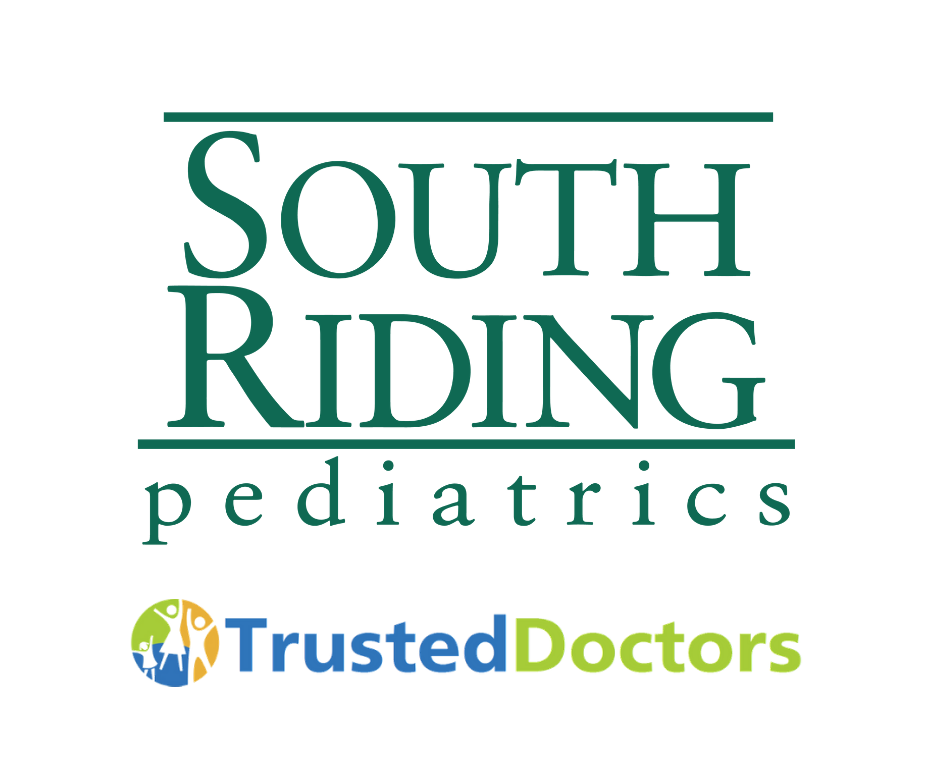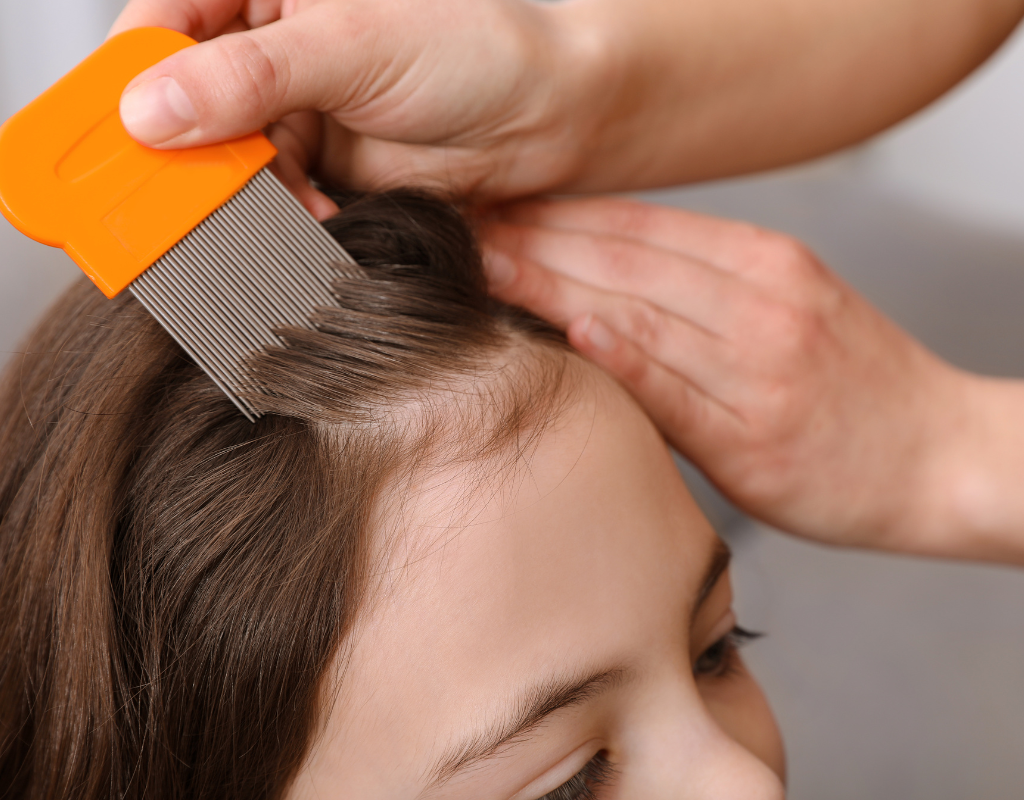Very few medical topics give people the heebie jeebies as much as head lice. It is a very common affliction and there are many misconceptions. Most importantly, these little critters do not harbor any dangerous diseases, and with persistent treatment and patience can be eradicated within 1-2 weeks.
Signs:
SCALP ITCHING! The most common sites of infestation and itching are behind the ears and the nape of the neck. You may even see redness in those places.
Screening:
Living lice may be difficult to detect. They are gray or white, and about the size of a sesame seed or splinter. Have your child sit in the brightest room in your house, and take a pen or comb and part your child’s hair in an organized, sweeping fashion. The lice hate light, and will try to quickly move to the scalp or deeper portions of your child’s hair. The nits (eggs) are smaller, more numerous, white, yellow, or brown specks that can mimic dandruff, dirt, and droplets. In contrast, nits typically adhere to the hair and are difficult to pull off.
Life Cycle:
The nits are made out of extremely strong material that is practically indestructible. They hatch in about 7 days and away from a host cannot survive more than 2 weeks. Once hatched, a louse can survive for almost a month on the scalp, but only 24 hours once away from the scalp.
Avoidance:
- Lice like CLEAN hair. Surprised? Lice get smothered by oils in dirtier hair which makes it hard for them to move. Movement is less impeded by cleaner hair, thus making it preferable for the lice.
- Because they don’t like sunlight, ponytails, pigtails, buns and having hair up in general may make it less likely to get lice.
- Also, try to keep kids’ jackets, hats, combs, and anything that touches the hair or neck away from one another.
Combing:
Probably the most important part of treatment is to do nightly checks and combing out of nits. This is best performed under bright light with a specific lice comb, such as Licemeister. Be organized and thorough as you comb through your child’s hair, using hair clips if needed to section off already scanned hair.
Medication:
Over thousands of years there have been many treatments for head lice. The first thing to know is that at this point there is no magic bullet. You should probably expect to be dealing with these itchy critters for a period of time. Often, kids get re-infected because of repeat exposure at school or home, failure to completely comb out nits, and/or failure to repeat treatment in 7 days. This is common.
- Nix or Rid shampoos are at least 80% effective in helping to eradicate head lice. First shampoo hair but do not condition, and then dry. Apply a full bottle per head of hair for 10 minutes and then rinse with water. Repeat in one week to kill any of the nits that survived. Don’t wash the hair with shampoo for 2 days after the application. Don’t use conditioner (which neutralizes the Nix) before and after treatment for 2 weeks.
- Other prescription medicines like Ulesfia and malathion (Ovide) are available, but may not be any more effective.
- There is promising research about a new use for the medicine ivermectin (Sklice).
- At this time, it is unclear if the prescription medications are much better than Nix or Rid, and they are expensive.
Suffocation:
Other treatments such as nightly olive oil or Cetaphil have been also shown to be effective. To do this, apply either above solution to hair. Put a shower cap on your child and leave on for 8 hours overnight before shampooing the next morning. This may be repeated every 2-3 nights for 3 weeks. The daily combing out of nits is once again the most important part of this treatment.
Exposed Items:
Wash in hot water (140 degrees) all clothing, bedding, combs, teddy bears, and other possible harbors that your child has spent time with in the past 3 days. If they can’t be washed, seal them in a plastic bag for 2 weeks.
Remember – lice do NOT CAUSE LASTING MEDICAL PROBLEMS and they do NOT carry disease.
According the American Academy of Pediatrics and your pediatricians: NO CHILD SHOULD EVER MISS SCHOOL BECAUSE OF LICE.
In summary, when you see head lice, remember to remain calm, that you are in no way a bad parent, and to keep combing!




